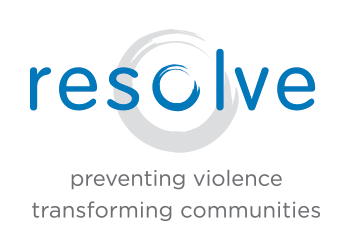Storytelling is an important part of how we all learn. So, we would do well to think about what the moral of the story is before we tell it. When it comes to personal safety, the moral is all too frequently:
One of our instructors had a couple free minutes with a class of 6th graders where the students wanted to tell stories about frightening situations they had experienced. Since we know kids easily latch onto sensationalized tales of danger and we prefer our kids classes to be non-scary, she coached them: “And what did you do? Did that keep you safe? Sounds like a scary situation that you handled really well – and you stayed safe. Good for you!”
She told the students that when they tell each other stories, they must include the parts where they were successful. They must include what someone did to get out of the situation, how they acted to keep it from getting worse, and where they turned to for help. People listen to your stories, she explained, and you can be their teacher instead of just scaring them.
We as adults would be smart to follow the same advice our instructor gave those students.
When I think of an interesting story I saw on the news or something someone told me, and I want to tell someone else about it, I consider,
By following these guidelines, we can be sure that when we share safety information with others – children and adults – we are helping to prepare them, not scare them.
